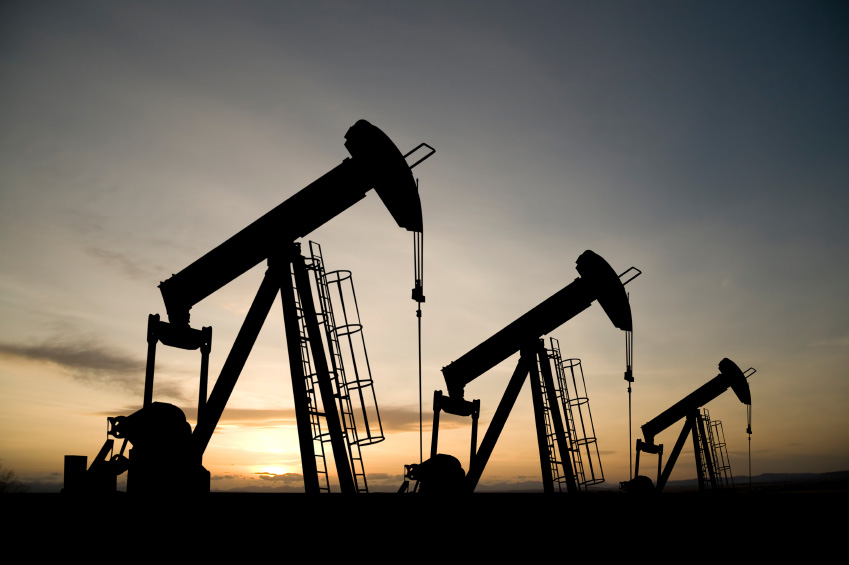The Organisation of Petroleum Exporting Countries (OPEC) and allies, known as OPEC+ has reviewed its production for the month of March 2022 to 41,294,000 barrels per day (bpd).
The cartel on Wednesday had met virtually for its 25th OPEC and non-OPEC Ministerial Meeting (ONOMM) where it approved that the 10 OPEC members produce 25,061,000 barrels per day while the non-OPEC will produce 16,233,000 bpd.
With the belief that global oil demand will rise in 2022 amidst political tensions in Russia and Ukraine, the Middle East, and the incapability of some member nations to meet their production target, the OPEC+ kept oil demand for 2022 at 4.2 million bpd target, stating that demand would hit pre-pandemic levels in the second half of this year.
In 2019, oil demand was slightly above 100 million bpd. The figure dropped during the pandemic in the following year to force non-OPEC and OPEC to come together and agreed to cut its production by a record 10 million bpd or 10% of global supply. The remaining cuts stand at 2.6 million bpd as OPEC+ hopes to wind them down before the end of the year.
OPEC said, “In view of current oil market fundamentals and the consensus on the outlook, the OPEC and participating non-OPEC oil-producing countries in the Declaration of Cooperation (DoC) decided to: Reaffirm the decision of the 10th OPEC and non-OPEC Ministerial meeting on 12 April 2020 and further endorsed in subsequent meetings, including the 19th ONOMM on 18 July 2021.
“Reconfirm the production adjustment plan and the monthly production adjustment mechanism approved at the 19th ONOMM and the decision to adjust upward the monthly overall production by 0.4 mb/d for the month of March 2022, as per the attached schedule.”
The organisation further stressed the critical importance of adhering to full conformity and to the compensation mechanism, taking advantage of the extension of the compensation period until the end of the first half of the year. “Compensation plans should be submitted in accordance with the statement of the 15th ONOMM,” it said.
To meet up with OPEC+ 41,294,000 bpd target, the group’s highest oil producers, Saudi Arabia and Russia were given 10,331,000 barrels pd production quota each.
For other Middle Eastern oil producers, OPEC+ approved 4,370,000 bpd for Iraq, 2,639,000 bpd for Kuwait. UAE got 2,976,000 bpd mark and Kazakhstan, 1,605,000 bpd.
In Africa, Nigeria and Angola received the highest production quota placed at 1,718,000 bpd and 1,435,000 bpd, respectively.

 Forex3 weeks ago
Forex3 weeks ago


 Naira2 weeks ago
Naira2 weeks ago
 Billionaire Watch2 weeks ago
Billionaire Watch2 weeks ago




 Naira2 weeks ago
Naira2 weeks ago




 Naira4 weeks ago
Naira4 weeks ago




 Naira2 weeks ago
Naira2 weeks ago


 Naira1 week ago
Naira1 week ago
 Banking Sector4 weeks ago
Banking Sector4 weeks ago




















